

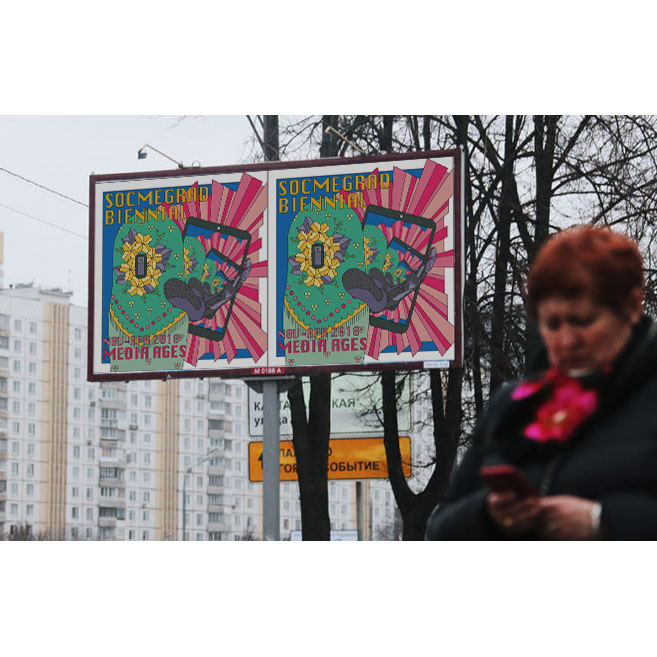


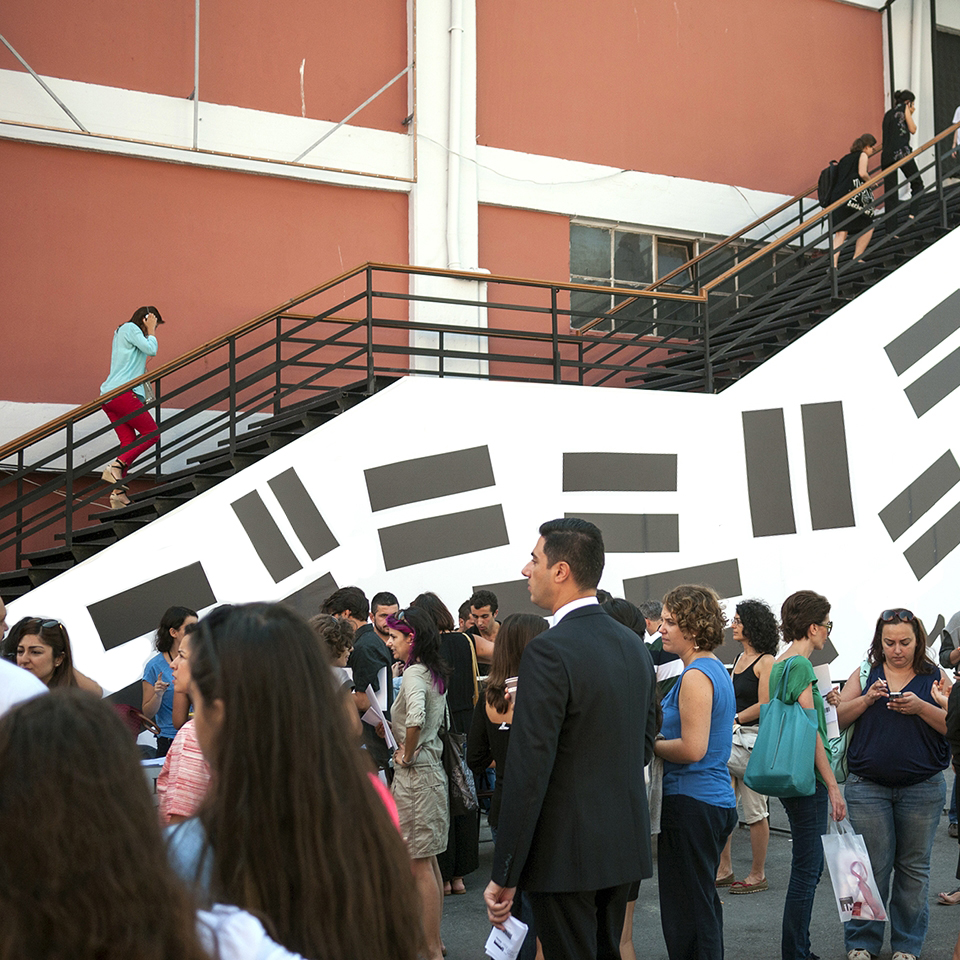
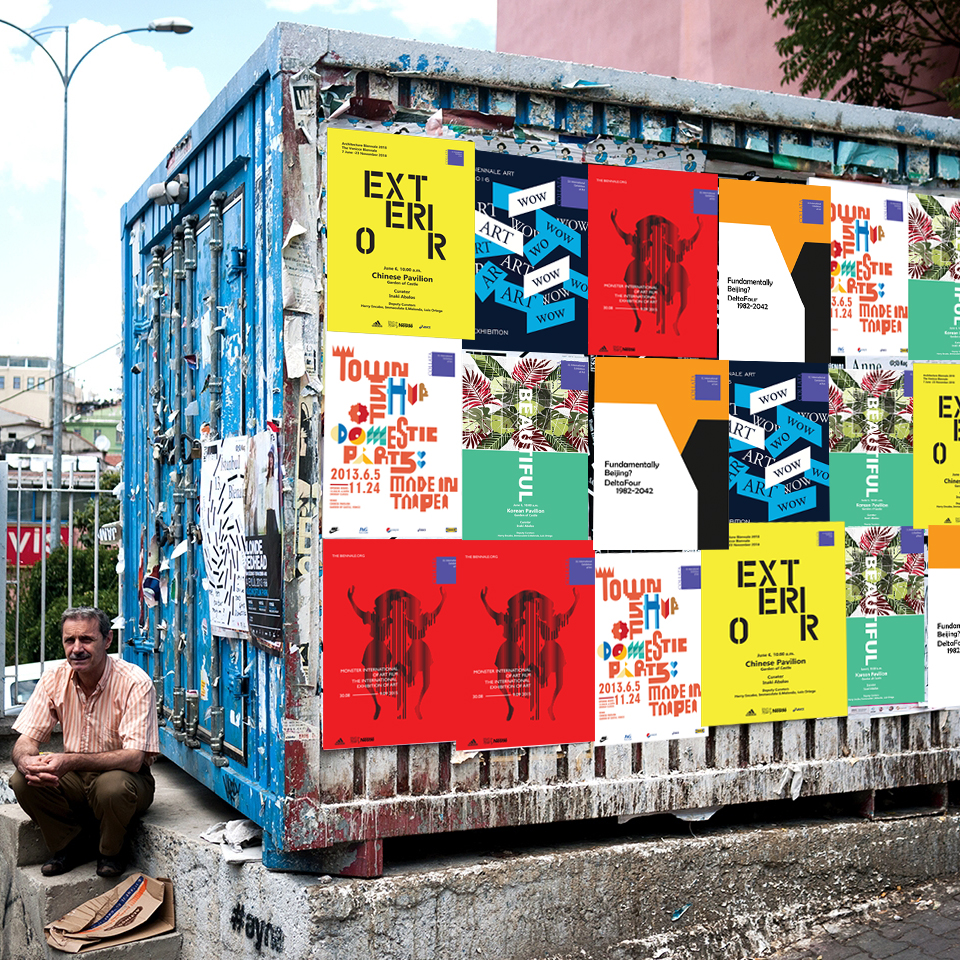
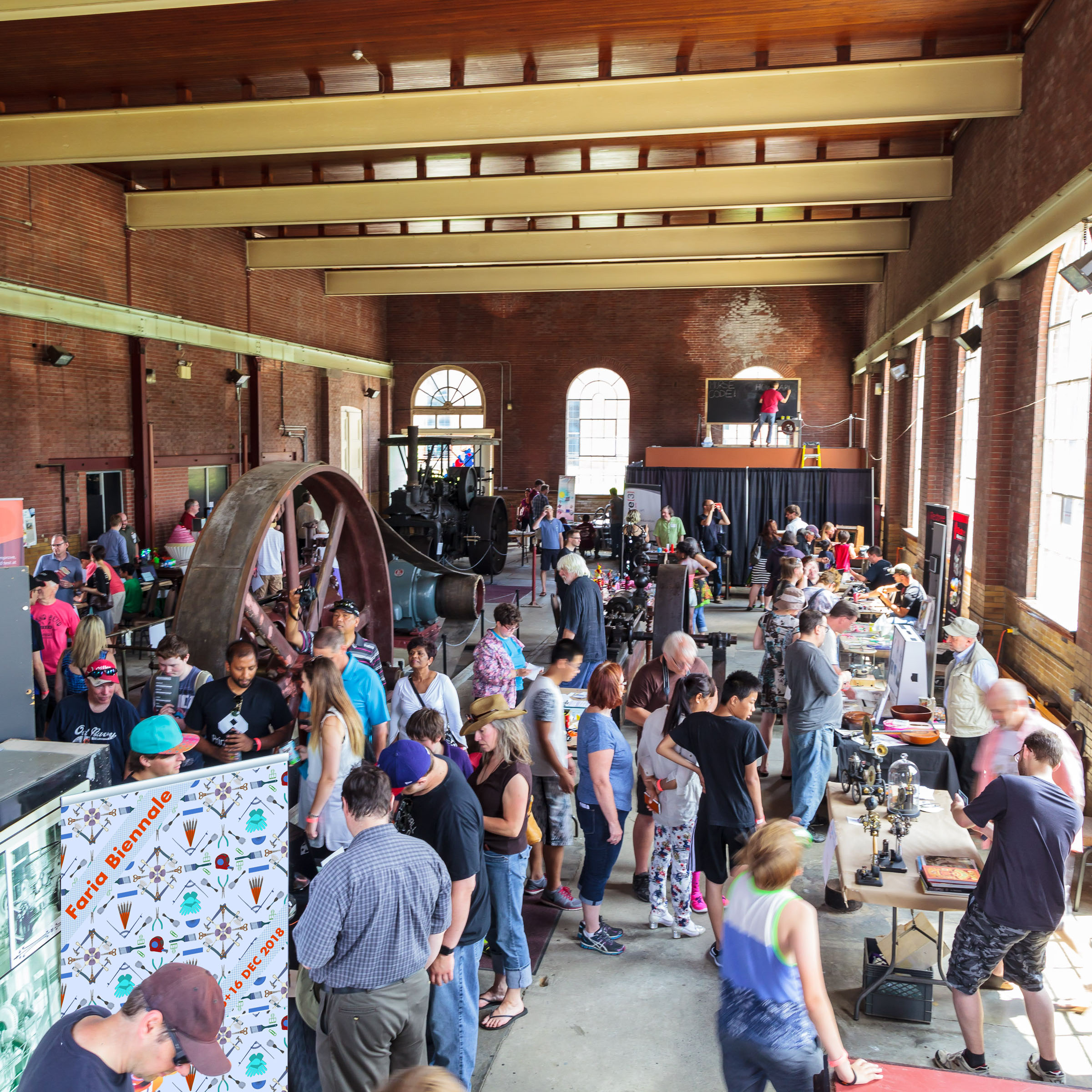

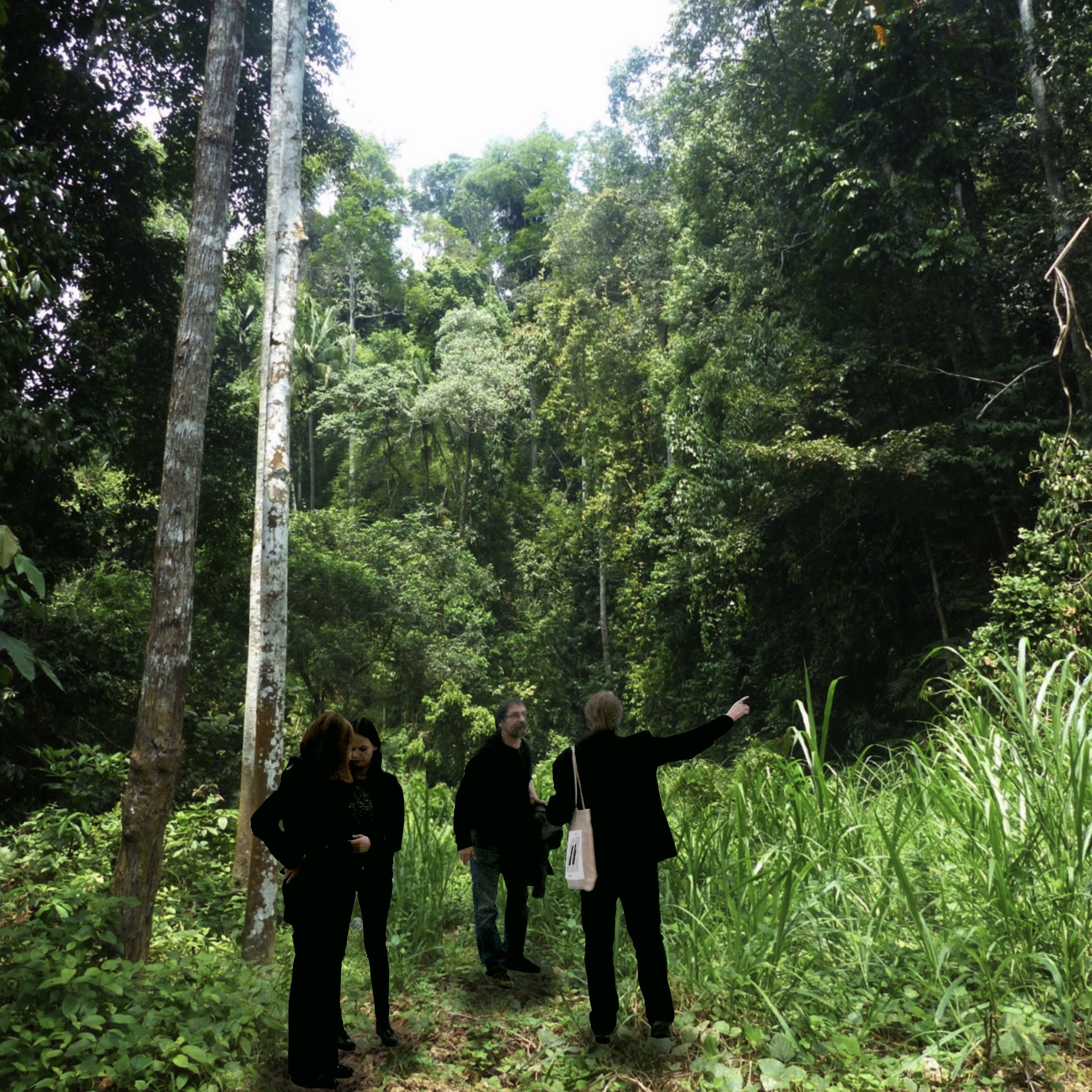

Le Biennali Invisibili
Location: Bangkok Biennal
Type: Performance
Year: August 2018
Collaborators: Tikumporn Panichakan, Wasanthaya Theansuwan
Location: Bangkok Biennal
Type: Performance
Year: August 2018
Collaborators: Tikumporn Panichakan, Wasanthaya Theansuwan
“There is still one of which you never speak.'
Marco Polo bowed his head.
'Venice,' the Khan said.
Marco smiled. 'What else do you believe I have been talking to you about?'
The emperor did not turn a hair. 'And yet I have never heard you mention that name.'
And Polo said: 'Every time I describe a city I am saying something about Venice.”
Italo Calvino, Invisible Cities
Le biennali invisibili is a critical speculative fictional story that reflects about the proliferation of cultural events across the globe.
Paraphrasing the structure of Italo Calvino's masterpiece of 1972, it takes the form of a dialogue between Marco Rossi, an Italian itinerant critic, and the director of the ‘Fondazione La Biennale’, where Marco narrates his journey from Mongolia back to Venice, along which he encountered a number of biennials, with their curators, artists, designers, etc.
From the metropolises of Sichuan, through the deserts of Kazakhstan, the Balkan regions and countless other places, Marco has the privilege of getting in contact with all sorts of imaginary events, held in imaginary venues, located located in imaginary cities.
For example, in the Biennale of 'Faria' the artists and their adepts fabricate their space from scratch and are constantly facing the challenge of waste reuse. In the Triennale of ‘Pausitania’, inspired by Hans Ulrich Obrist’s ‘non-conference’, where there is the whole event structure and the participants, but nothing is exhibited or performed, there are instead only coffee breaks. In the Biennial of 'Sočmegrad', instead, in order to avoid the bias of the instinctive impressions of reality, everyone is fully covered and camouflaged and all interactions happen only via social media;
Through the meta-narration of Marco’s experiences and encounters along the journey, the role of the cultural machinery and debate in current times is put in question, together with the position of the wide variety of figures that are involved in the process of cultural production and their, often heterogeneous or even contradictory, agendas.
The story is complemented by a series of documents (posters, flyers, guides, etc) of all the biennials described in the dialogue.
